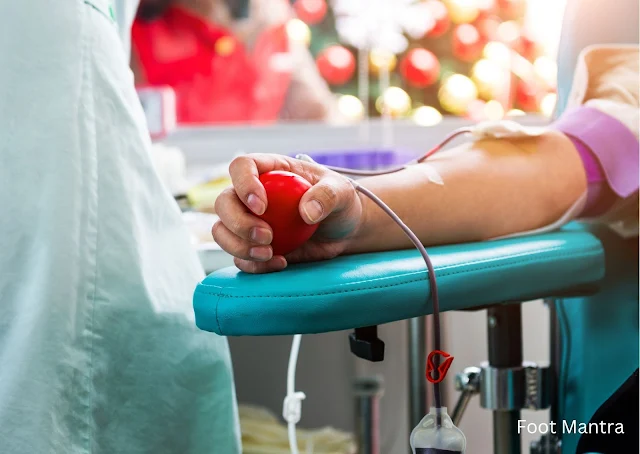Good blood circulation is essential to our overall health—it ensures that oxygen and nutrients reach every cell in the body while supporting the removal of waste products. When circulation is poor, it can lead to fatigue, cold extremities, muscle cramps, and slower healing.
One powerful, natural way to stimulate better blood flow is through massage for circulation. Whether you're dealing with a sedentary lifestyle, recovering from an injury, or just looking to boost energy levels, incorporating massage can be transformative.
Why Circulation Matters More Than You Think
Circulation isn't just about how fast your blood moves. It's about how well your heart, arteries, veins, and capillaries work together to keep your body functioning. Poor circulation can impact:
-
Brain function and focus
-
Muscle strength and endurance
-
Heart and lung performance
-
Immune response
A sluggish circulatory system means your body works harder to keep up. This is where massage for circulation enters as a gentle yet effective therapy.
How Massage Enhances Blood Flow
Massage stimulates both superficial and deep tissues, prompting the dilation of blood vessels and improving overall flow. Here's how:
-
Increased oxygen supply to tissues and muscles
-
Removal of toxins and metabolic waste
-
Improved heart rate variability, helping balance blood pressure
-
Faster healing of soft tissues and injuries
Each session of massage for circulation sends a signal to your body: it’s time to move, recover, and thrive.
Types of Massage That Support Better Circulation
1. Swedish Massage
Gentle and flowing, this technique uses long strokes to improve venous return and relax the nervous system—ideal for beginners.
2. Deep Tissue Massage
This goes deeper into muscle fibers and fascia, ideal for people with chronic muscle tension or recovery needs.
3. Thai Massage
Combining compression and stretching, it boosts lymphatic flow and vascular efficiency—perfect for active individuals.
4. Reflexology
By targeting specific points on the feet and hands, reflexology improves local and systemic flow, offering a unique form of massage for circulation.
Who Can Benefit Most?
-
People with desk jobs or sedentary lifestyles
-
Older adults with poor peripheral circulation
-
Athletes seeking faster muscle recovery
-
Individuals experiencing stress-related tension
If you’ve ever felt a tingling in your fingers, cold feet, or muscle tightness that won’t ease, your body might be craving better blood flow. And massage for circulation may be your natural solution.
Tips to Maximize Circulation After Your Massage
-
Hydrate well post-session to keep the blood fluid and help with toxin elimination
-
Do light stretches to maintain mobility
-
Walk or do gentle yoga to encourage continued flow
-
Avoid tight clothing immediately after a massage
These practices help extend the benefits of your session and keep the momentum going for your circulatory health.
Final Thoughts
Massage is more than a tool for relaxation—it’s a gateway to healthier circulation, greater vitality, and deeper self-awareness. Whether used as part of a wellness routine or to address specific concerns, massage for circulation brings balance back to the body in a way few other therapies can.
Invest in your flow—and your future.


Comments
Post a Comment